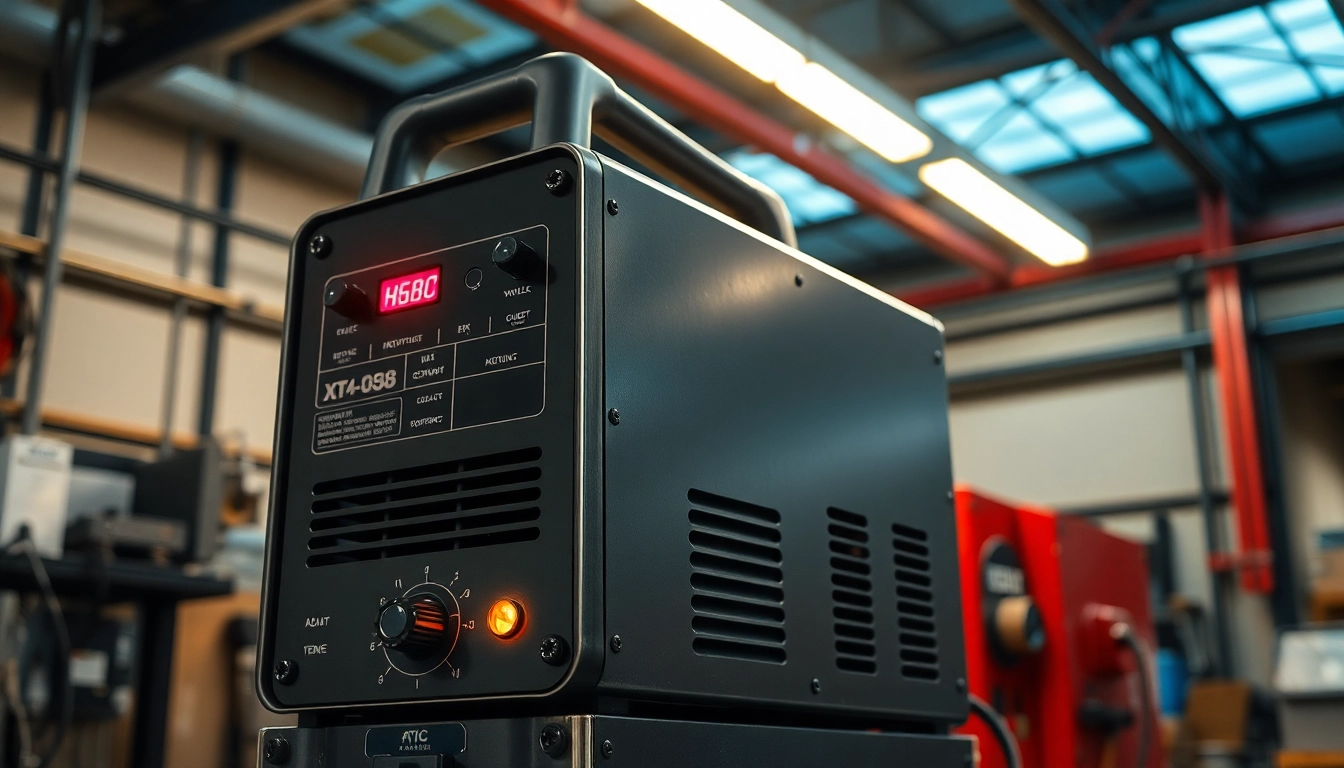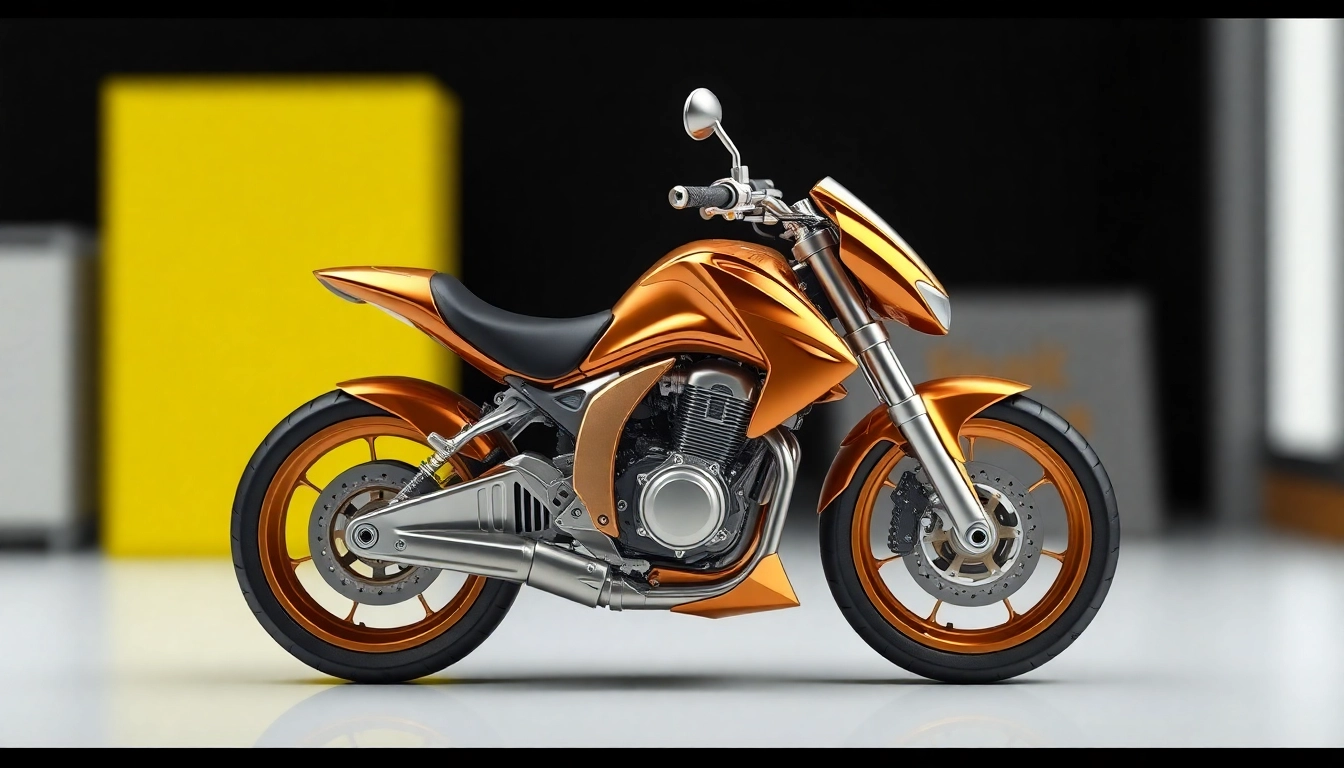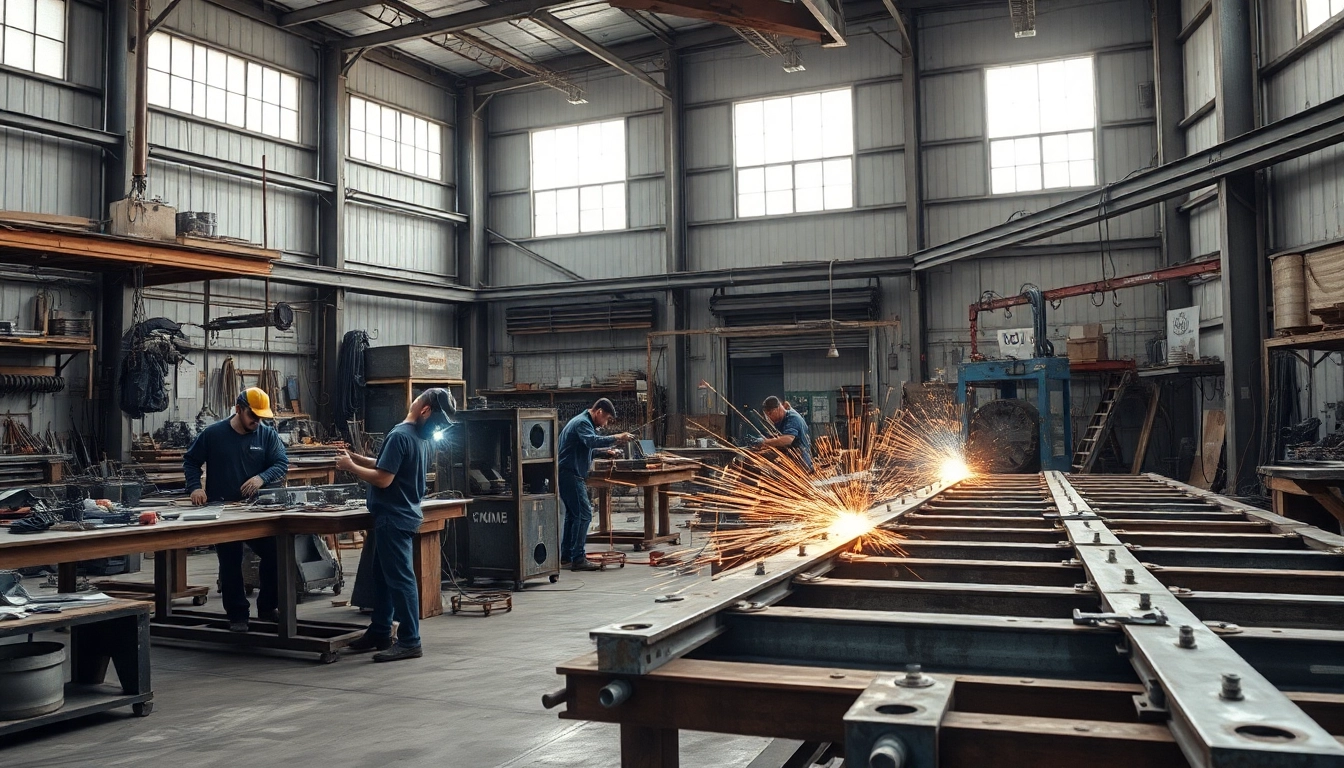Understanding the Basics of AC DC TIG Welders
What is an AC DC TIG Welder?
An ac dc tig welder combines the ability to weld using both alternating current (AC) and direct current (DC) power. This flexibility is crucial because it enables the welder to perform tasks across a broader spectrum of materials and thicknesses. AC is primarily used for aluminum welding due to its effectiveness in breaking through the oxide layer, while DC excels in welding ferrous materials like steel and stainless steel. Essentially, an AC DC TIG welder becomes a multi-functional tool in a welder’s arsenal, providing versatility and efficiency.
Key Features and Benefits of AC DC TIG Welding
AC DC TIG welders come equipped with several features that greatly enhance their usability and effectiveness. Key features include:
- Versatility: The ability to switch between AC and DC allows for welding a variety of metals, providing greater flexibility for different welding projects.
- Precision: AC DC TIG welding process provides an accurate and clean pool of molten metal, resulting in high-quality welds that require minimal post-weld work.
- Control: With the use of foot pedals and precise settings, welders can finely control the heat output and arc length, essential for intricate welding tasks.
- Portability: Many modern AC DC TIG welders are designed to be lightweight and portable, allowing welders to work in varied environments without the hassle.
The benefits of AC DC TIG welding are further compounded when considering material compatibility. For instance, the alternating current feature aids in welding non-ferrous metals, making it an essential tool in metal fabrication and repair shops.
Common Applications and Materials for AC DC TIG Welding
AC DC TIG welders are not limited to specific industries; they find applications in various fields such as:
- Aerospace: Used for joining aluminum and titanium components in aircraft manufacturing, where precision is critical.
- Automotive: Beneficial for welding aluminum frames, exhaust systems, and other components that demand clean, precise welds.
- Manufacturing: Employed for the fabrication of stainless steel and other alloys in food processing and medical equipment manufacturing.
- Artisan Projects: Welders often utilize AC DC TIG for creative metal art pieces, utilizing the precise control it offers.
Choosing the Right AC DC TIG Welder for Your Needs
Factors to Consider When Selecting an AC DC TIG Welder
When it comes to selecting an AC DC TIG welder, several factors must be taken into account to ensure the right fit for your specific welding needs. Considerations include:
- Power Output: The amperage rating will determine the thickness of the metals you can weld. A higher amperage is necessary for thicker materials.
- Duty Cycle: This refers to the amount of time a machine can operate before needing to cool down. A higher percentage indicates longer periods of continuous work.
- Portability: If you need to move between sites, choose a model that balances weight with performance.
- Control Features: Look for welders with features such as adjustable AC balance, a high-frequency start, and options for pedal or torch control.
- Brand Reliability: Investing in well-regarded brands can provide assurance regarding performance, durability, and support services.
Top Brands and Models to Explore
Several brands are recognized for their quality AC DC TIG welders. Some of the top manufacturers and notable models include:
- Miller Electric: The Miller Multimatic series offers versatility in welding processes, including the Multimatic 215.
- Lincoln Electric: Their Square Wave TIG 200 stands out for its user-friendly interface and excellent for hobbyist and professional use.
- Everlast: Popular for their affordability, models like the PowerTIG 200DV provide features comparable to much more expensive units.
- PrimeWeld: The PrimeWeld TIG225X offers robust features suitable for varied welding tasks, while being budget-friendly.
Evaluating Portability vs. Performance in AC DC TIG Welders
A common dilemma when choosing an AC DC TIG welder is balancing portability with performance capabilities. It’s essential to determine where you will primarily use the welder:
- For Home Use: Portability may be less critical, allowing you to opt for a heavier, performance-oriented model that may have greater power and duty cycle.
- For On-Site Work: Lighter models may be as effective for on-the-go projects, but ensure they maintain adequate power for your applications.
Setting Up Your AC DC TIG Welder
Essential Accessories for Your AC DC TIG Welder
Equipping your AC DC TIG welder with the right accessories can enhance both functionality and your overall welding experience. Essential accessories include:
- Tungsten Electrodes: The type and size of tungsten can significantly influence your welds—2% lanthanated and thoriated are popular choices for DC welding.
- Argon Gas Cylinder: As an inert gas, argon provides a shielding atmosphere for your weld, preventing oxidation.
- Filler Rods: Different materials and thicknesses of filler rods are suited for different metals being welded. Selecting the right type is vital for a quality weld.
- Foot Pedal: It enables precise control over the welder’s amperage output for more nuanced welding tasks.
- Protective Gear: Ensure availability of helmets with auto-darkening lenses, gloves, and protective clothing suitable for TIG welding.
Properly Configuring Your Welder for Optimal Performance
Configuring your welder correctly is crucial for achieving optimal results. Follow these steps to set up your AC DC TIG welder:
- Connect the appropriate gas supply to your welder’s inlet, ensuring no leaks.
- Select the correct tungsten electrode and filler rod depending on the material you will be welding.
- Configure the welder settings according to the material thickness and type—higher amps for thicker metals, and adjust AC balance for aluminum.
- Set the desired gas flow rate, typically between 15 to 20 cubic feet per hour.
- Test arc initiation and adjust high-frequency start if necessary.
Safety Precautions in Using AC DC TIG Welders
Safety should always be at the forefront when working with any welding equipment. Some essential precautions include:
- Protective Gear: Always wear appropriate protective clothing and gear to safeguard against burns and UV exposure.
- Ventilation: Ensure adequate ventilation in your workspace to avoid inhaling harmful fumes.
- Fire Safety: Keep a fire extinguisher close by and ensure no flammable materials are within reach of your welding operations.
- Equipment Checks: Regularly inspect your equipment for faults or damaged parts that could pose risks during operation.
Techniques for Effective AC DC TIG Welding
Mastering Your Technique: Settings Adjustments
Proficiency in using an AC DC TIG welder requires mastering the art of settings adjustments. Some techniques to consider include:
- Adjusting the balance settings when working with aluminum can help control heat input, which reduces burn-through.
- Using a lower amperage setting can help when welding thin materials, creating cleaner seams and minimizing warping.
- Optimizing travel speeds and angles can significantly enhance the quality of your welds, especially when working on intricate designs.
Understanding Electrode Types and Their Uses
The choice of electrode type is critical in producing quality welds. General guidelines include:
- Pure Tungsten: Best for AC welding of aluminum and magnesium, providing excellent arc stability.
- Thoriated Tungsten: Ideal for DC welding on carbon and stainless steel; known for its longevity and optimal performance.
- Lanthanated Tungsten: Versatile and can be used for both AC and DC applications while maintaining good arc stability.
Best Practices for Clean and Precise Welds
Achieving clean and precise welds can be challenging but can be greatly improved by following these best practices:
- Always clean the weld area of any contaminants like rust, oil, or dirt, as they can weaken the weld.
- Maintain a consistent travel speed and angle to ensure uniformity across your weld.
- Perform test welds on practice materials to refine your technique before tackling more critical tasks.
Maintenance and Troubleshooting of AC DC TIG Welders
Routine Maintenance Tips for Longevity
Regular maintenance ensures that your AC DC TIG welder continues to operate efficiently. Here are some routine maintenance tips:
- Wipe down the machine: Regularly clean surfaces to prevent buildup from spatter and dirt.
- Check connections: Periodically inspect electrical connections for wear and tightening them as necessary.
- Inspect hoses: Ensure the gas and water hoses are free from leaks or damage that might cause work interruptions.
- Replace consumables: As electrodes and cups wear out, replace them to maintain optimal welding performance.
Common Issues and How to Resolve Them
Even experienced welders encounter problems. Here are common issues and their solutions:
- Inconsistent Arc: Check the gas flow and connections; ensure the tungsten is sharpened correctly.
- Burn-through: Adjust your travel speed or amperage to reduce heat input, especially on thinner materials.
- Poor Penetration: Increase the amperage or reduce travel speed for better penetration into the base metal.
Upgrading Components for Better Performance
Upgrading certain components can drastically improve the performance of your AC DC TIG welder. Consider enhancements like:
- Upgrading to a digital display: This can help in precision measurements and settings.
- Adding a cooler: If you’re working on extensive projects, a separate cooler can extend your duty cycle.
- Investing in better quality consumables: Higher quality tungsten and filler rods can improve the quality of your welds.



